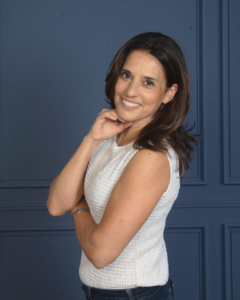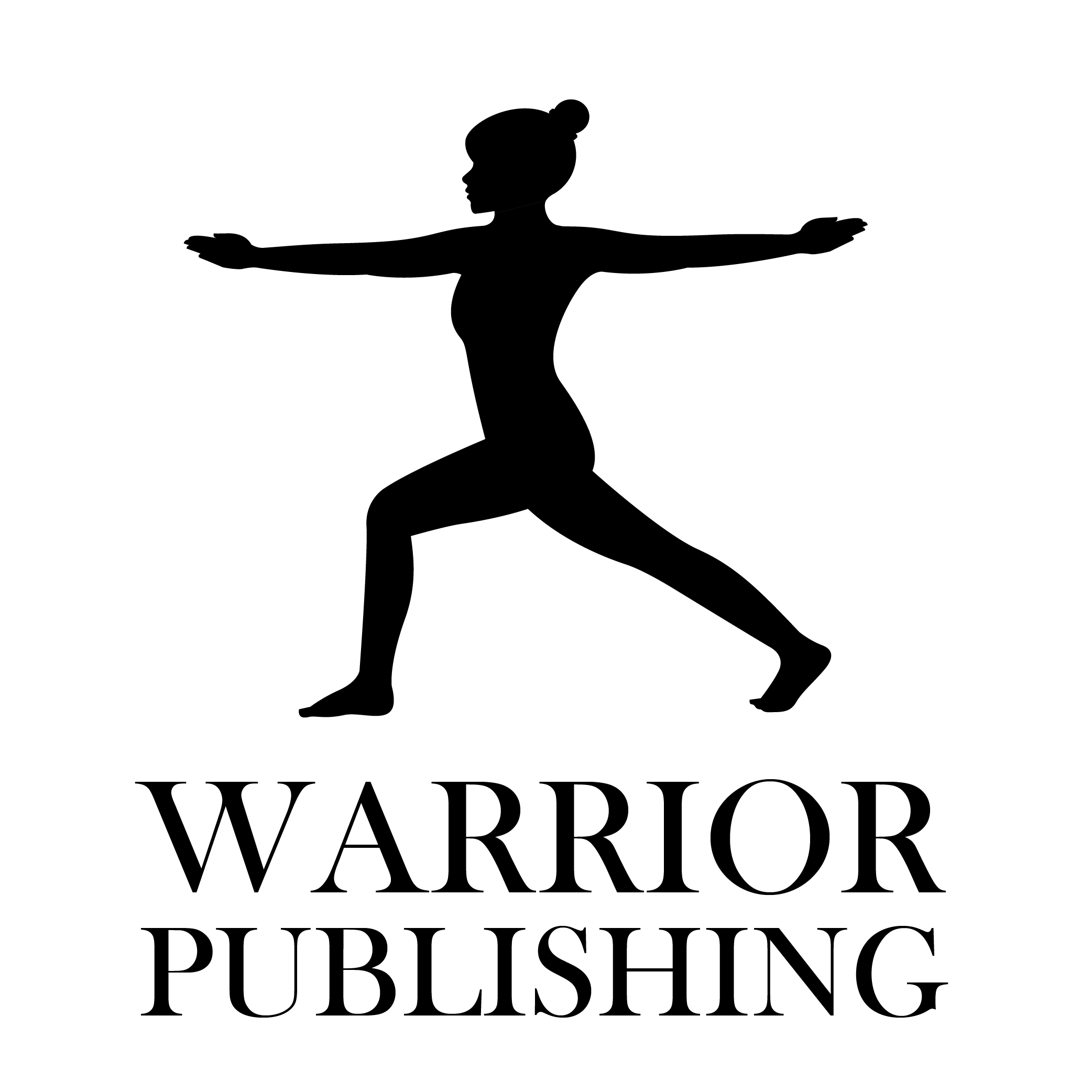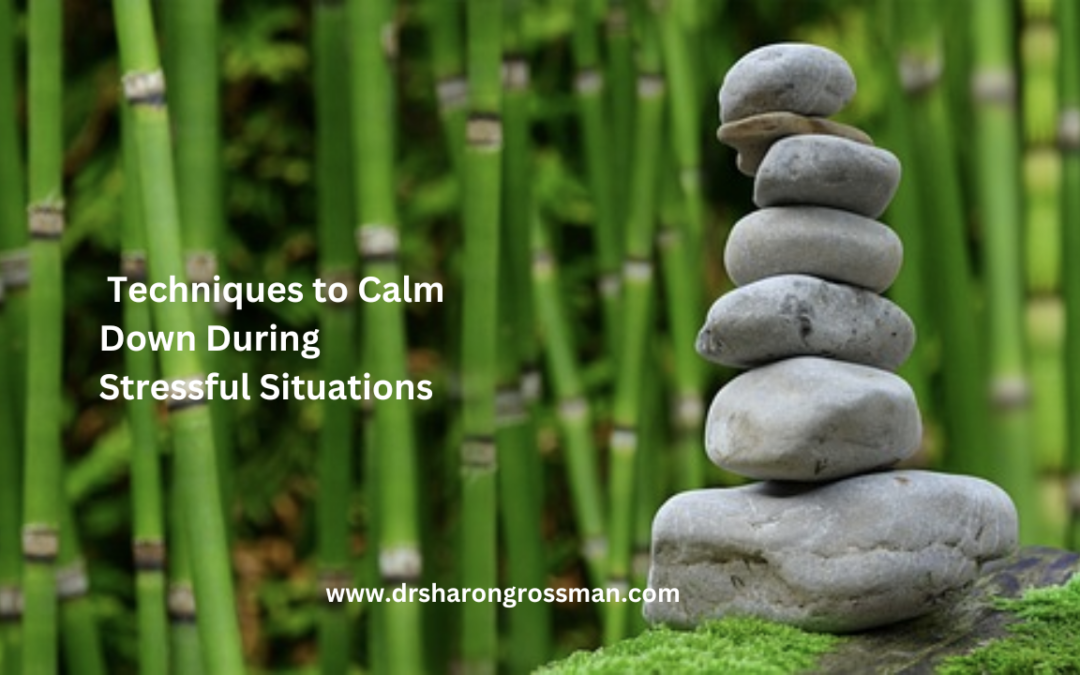We’ve all been there, in that moment of intense stress where it feels like our heart is about to burst out of our chest and our palms are sweating more than a marathon runner. But what if I told you that there are some simple, techniques that can help calm you down in these moments? Four to be exact.
Read on.
Understanding the Physiology of Stress
Before we can talk about how to calm down during stressful situations, we need to understand what’s actually happening in our bodies when we’re stressed. When we perceive a threat, real or imagined, our bodies go into fight-or-flight mode. Our heart rate increases, our breathing becomes more rapid, and our muscles tense up in preparation for action. This state of arousal all well and good if we’re being chased by a bear, but not so great if we’re just trying to give a presentation at work. That’s where these techniques come in.
The Power of Breath
When it comes to using the breath to calm down during stressful situations, there’s one specific technique that stands out: physiological sighs. This technique involves taking two short inhales through the nose followed by one long exhale through the mouth. It may seem simple, but it can be incredibly effective in reducing stress and anxiety.
To do a physiological sigh, simply take a deep breath in through your nose, filling your lungs completely. Then, exhale through your mouth, making sure to fully empty your lungs. Next, inhale again through your nose, taking in just a small amount of air. Inhale once more through your nose, again taking in a small amount of air. Then, exhale slowly and fully through your mouth. Repeat this cycle several times until you begin to feel more relaxed.
The benefits of physiological sighs come from the fact that they offload more carbon dioxide from the body than normal breathing. When we’re stressed or anxious, we tend to breathe shallowly and rapidly, which can result in a buildup of carbon dioxide in the body. By taking two short inhales and one long exhale, we’re able to expel more carbon dioxide and bring more oxygen into the body, which can help us feel calmer and more centered.
The Magic of Movement
Another way to calm down during stressful situations is to use movement. This can be anything from going for a walk to doing some jumping jacks to dancing like nobody’s watching. The key is to get your body moving and release some of that pent-up energy. And if you’re feeling really brave, try the “shake it off” technique. Literally shake your body from head to toe like a dog getting out of the water. It may look ridiculous, but it works.
But why does it work? When we’re stressed, our bodies release adrenaline and other stress hormones, preparing us to either confront the threat or flee from it. So when we engage in physical movement, it helps to dissipate these built-up stress hormones and redirects the body’s energy away from the perceived threat. This process not only reduces the immediate physical symptoms of stress, such as increased heart rate and muscle tension but also encourages the release of endorphins, which are natural mood lifters, promoting a sense of relaxation and well-being.
Movement also allows for a temporary escape from the source of stress, providing a mental break and allowing us to regain perspective and control over our emotions.
The Art of Visualization
Visualization is a technique that’s been used by athletes, performers, and even astronauts to calm their nerves and improve performance. The idea is that by imagining yourself in a peaceful, relaxing place, you trick your brain into believing you’re actually there.
When you engage in visualization, you create a mental sanctuary where stress and anxiety are left at the door. This mental escape allows your mind and body to enter a state of deep relaxation, similar to the physical calmness achieved through movement. Your brain doesn’t differentiate between real experiences and those vividly imagined, so when you immerse yourself in a tranquil mental landscape, your body responds accordingly. Heart rate slows, muscles relax, and tension ebbs away.
To make the most of visualization, find a quiet space and close your eyes. Picture every detail of your chosen serene setting, from the color of the sky to the texture of the ground beneath you. Feel the warmth of the sun on your skin or the gentle breeze against your face. Engage all your senses to make the experience as lifelike as possible.
The Voo Sound
The Voo sound is a technique developed by Peter Levine, a trauma expert and author of “Waking the Tiger: Healing Trauma.” The Voo sound is a vocalization exercise that is designed to help release tension and promote relaxation in the body. It involves making a low-pitched, guttural sound that originates from the diaphragm and vibrates throughout the body.
To perform the Voo sound, sit comfortably with your back straight and your feet flat on the floor. Take a deep breath in through your nose and exhale with the Voo sound, allowing the sound to emanate from deep within your abdomen. The sound should be low and steady, like the rumble of a distant thunderstorm.
The Voo sound can be particularly helpful for individuals who have experienced trauma or are dealing with chronic stress. When we are in those states, our bodies can become stuck in fight, flight, or freeze, which can cause us to feel tense, anxious, and on edge. The Voo sound can help to break the cycle of stress by stimulating the parasympathetic nervous system, also known as the rest-and-digest state.
In addition to promoting relaxation, the Voo sound can also help to release pent-up emotions that may be stored in the body. Try making a guttural sound and feel the vibration throughout your body. This process may help you access and release emotions that have been trapped inside.
Conclusion
Now that you know four ways to calm down during stressful situations, it’s time to put them into action. The key is to practice them when you’re not stressed so that they become second nature when you are. And remember, it’s okay to look a little silly while you’re doing them. In fact, it’s encouraged. Embrace the absurdity of it all and you’ll find that stress doesn’t stand a chance.
—————————-
Burned out? Let me coach you to go from Exhausted to Extraordinary.
—————————-
Do you want to get my Burnout Checklist for free?
I’ve created a checklist to help you identify signs of burnout and steps to take to get immediate results. Curious?
Author

Dr. Sharon Grossman, AKA the Burnout Doc, is a clinically trained psychologist and subject matter expert in burnout and mental health. Associations and Fortune 500 companies hire her to be their closing keynote speaker, to help their members and executives crack the code on burnout, and create custom-tailored solutions for recovery.
Over the past 20 years, Dr. Sharon has been helping high achievers who are struggling with anxiety, overwhelm, and burnout go from exhausted to extraordinary by better understanding how their brain works and how they can design and run their programming on purpose to live the kind of life they want to live. She is the author of several books on burnout and mindset and host of the Decode Your Burnout podcast. Through her speaking, training, and coaching, she helps organizations keep their top talent.


Recent Comments